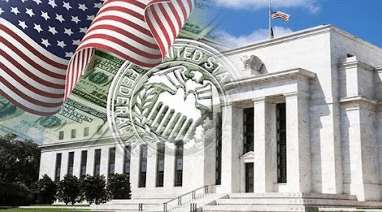According to a report from ZeroHedge, after the S&P 500 index recovered from its previous decline and the Nasdaq index reached a new high, Goldman Sachs' global head of hedge fund business Tony Pasquariello elaborated on his investment framework. He attributed the market's resilience to the continuation of the artificial intelligence boom, robust capital flows, and the gap between the stock market and the real economy, where concerns about the slowdown in job growth still persist.
Pasquariello's core recommendation is 'going long on value storage assets (gold/silver/bitcoin)', which serves as a hedging allocation in his overall 'long with hedging' strategy for the second half of 2025. Incorporating gold, silver, and bitcoin (BTC) into the allocation reflects a strategy designed to cope with uncertainty, including operating in scenarios where the market deteriorates sharply and the summer trading environment is 'sensitive and volatile.'
His overall strategy consists of four main pillars: going long on U.S. stocks (mainly tech stocks), going long on the aforementioned three types of value storage assets, moderately shorting the dollar, and trading the steepening yield curve globally. Pasquariello pointed out that while a single position may perform poorly in certain weeks—such as last week's dollar position or this week's steepening curve strategy—the overall portfolio remains his preferred 'protective barrier.'
He acknowledged that short-term challenges still exist, expecting the market to enter a consolidation period in August, while the technical situation in September will be trickier due to the previous market re-risking. However, he believes that the main trend of the U.S. stock market will still lean towards an upward trajectory in the second half of 2025, especially driven by profit growth in technology stocks. His strategy is to be bullish on tech stocks while balancing risks with the defensive attributes of precious metals and cryptocurrency assets.
Pasquariello emphasized that close attention should be paid to the slowdown in the U.S. labor market and the risks in positions, especially the influence from systemic traders. However, he concluded that this investment portfolio, which centers on value storage assets, remains the best framework under current market conditions, and it is reasonable to incur hedging costs for stability.

